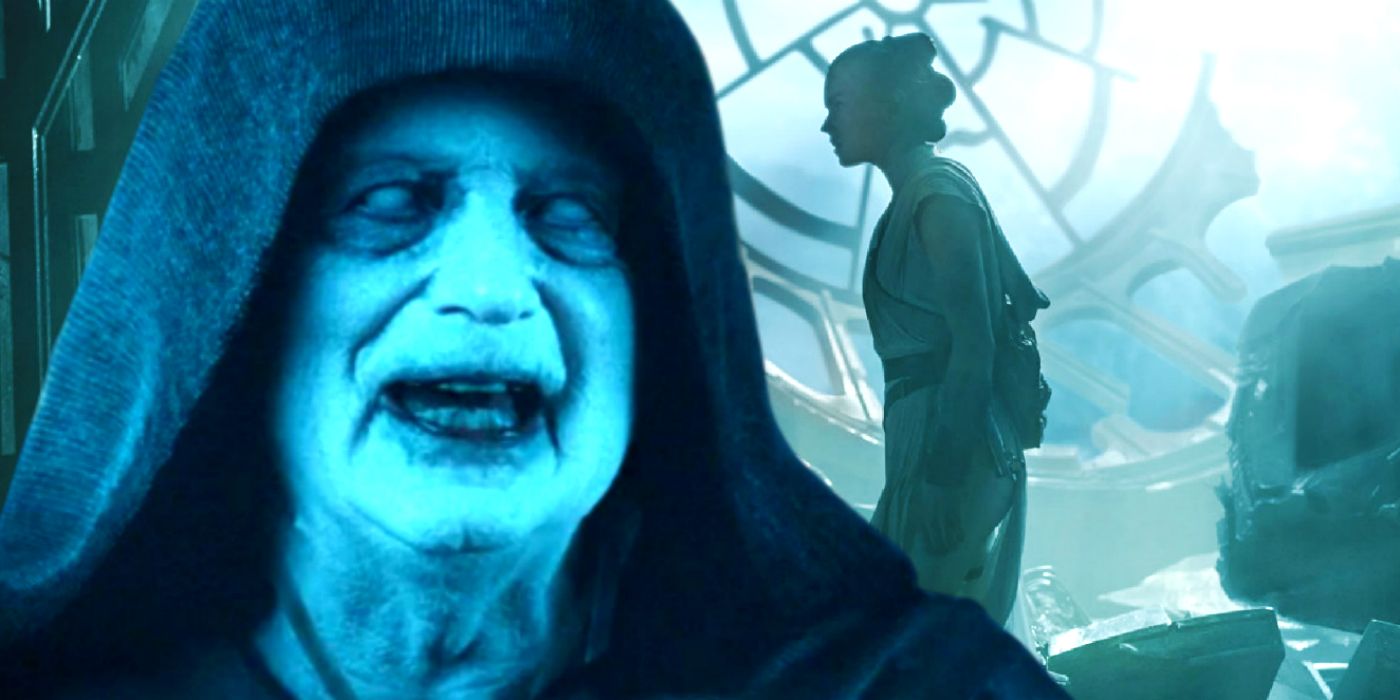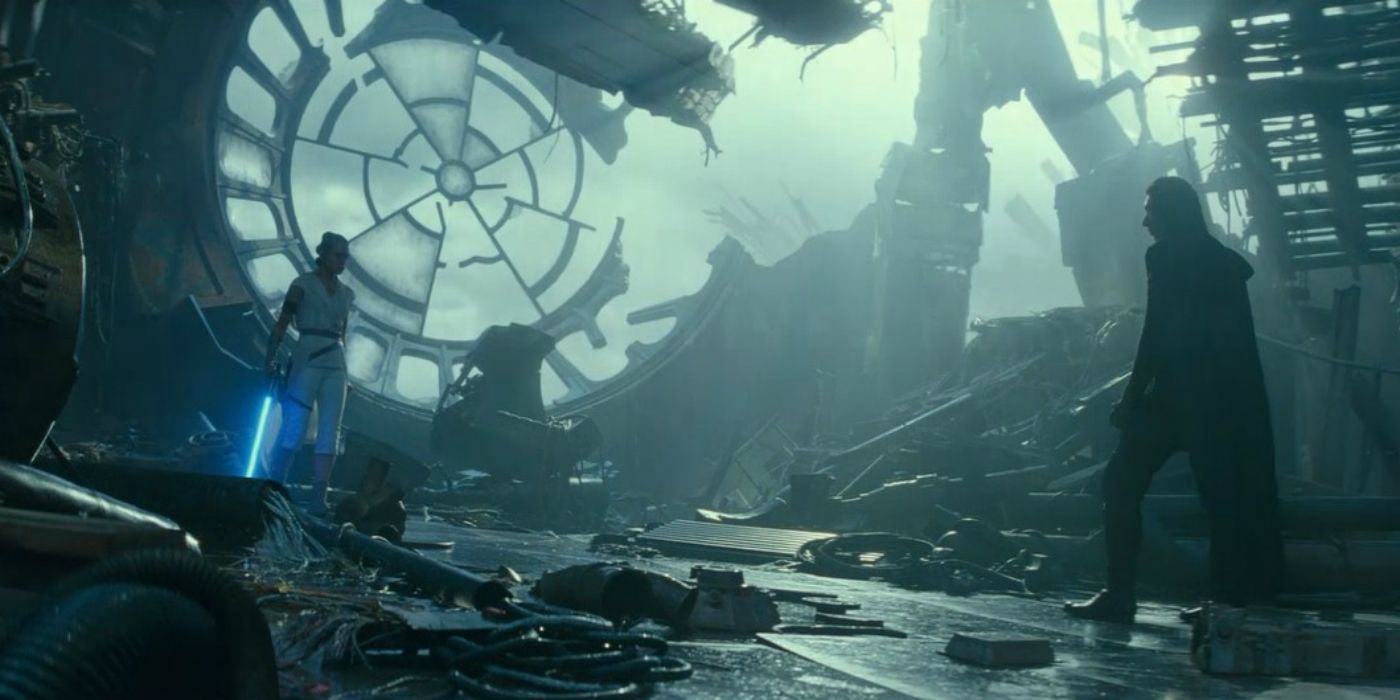The Emperor’s Throne Room returned alongside the Death Star II and Palpatine himself in Star Wars: The Rise of Skywalker, but it was a missed opportunity to explain a key aspect of the film. All three of the aforementioned elements were teased in The Rise of Skywalker’s trailers, leading to plenty of speculation as to how they would fit into the film. Of course, within these the primary focus was on Palpatine.
Given the Emperor was killed by Darth Vader in Return of the Jedi, it was also going to be fascinating to see just how Palpatine’s return in The Rise of Skywalker would be explained. There were various options, with precedent set by the old Expanded Universe and the new canon also hinting at his contingency plans. However, the movie (and Palpatine) came and went without any such explanation as to how he was back.
As with many of the movie’s plot holes and more confusing parts, it was left to the novelization to provide detail, revealing the Palpatine was a clone in The Rise of Skywalker. The movie may have wanted to avoid too much exposition, but the Emperor’s Throne Room would’ve been an ideal place to explain Palpatine’s return, given it’s also where he died and so already intrinsically to the character’s demise (or lack thereof). Since it was his base, there likely could have been some object or detail of his plans to be found that would at least give a bigger clue to what had happened to him, rather than the subject being avoided entirely.
Rey was already experiencing visions in the Emperor's Throne Room, since it's here she encounters Dark Rey. This means it wouldn't be implausible to have a similar scene or even a flashback involving Palpatine, revealing the truth of his death and contingency plans. Another compelling option would be for Rey to have used her secret Force power, psychometry. This rare power allows its user to learn more about a person or events by touching an object closely associated with them, such as Rey's Forceback visions in Star Wars: The Force Awakens. With the ability already established and yet something worth building on and showing properly, then The Rise of Skywalker could've used it to not only explain Palpatine's return - since psychometry would likely work in the Throne Room - but also to explain Rey's Jedi skill too.
Whichever plot device it used, it would've meant that The Rise of Skywalker was able to provide a cleaner explanation for Palpatine's return, which is something sorely lacking. It also would've given greater meaning to the return to the Death Star II, which similarly feels like a wasted opportunity given how important a setting it is. Since the Sith Wayfinder on the Death Star II points the way to Exegol, then it already has a built-in connection to Palpatine's plan, so it wouldn't have been much of a stretch to take it further and include the explanation - and since this comes before Rey goes off to fight and ultimately defeat Palpatine (after an interlude on Ahch-To) then it would've made Star Wars: The Rise of Skywalker's ending battle all the stronger and less confusing.


